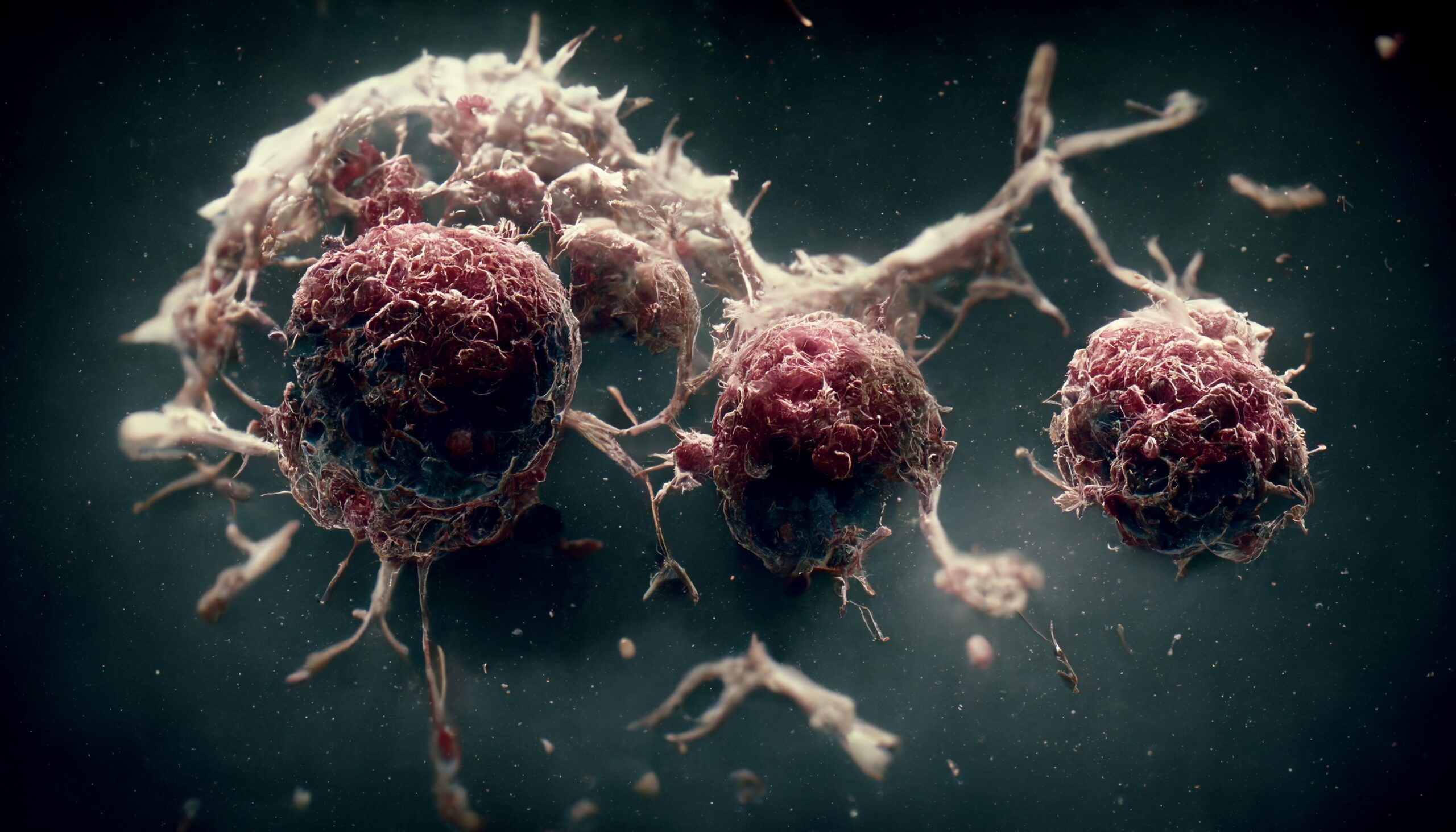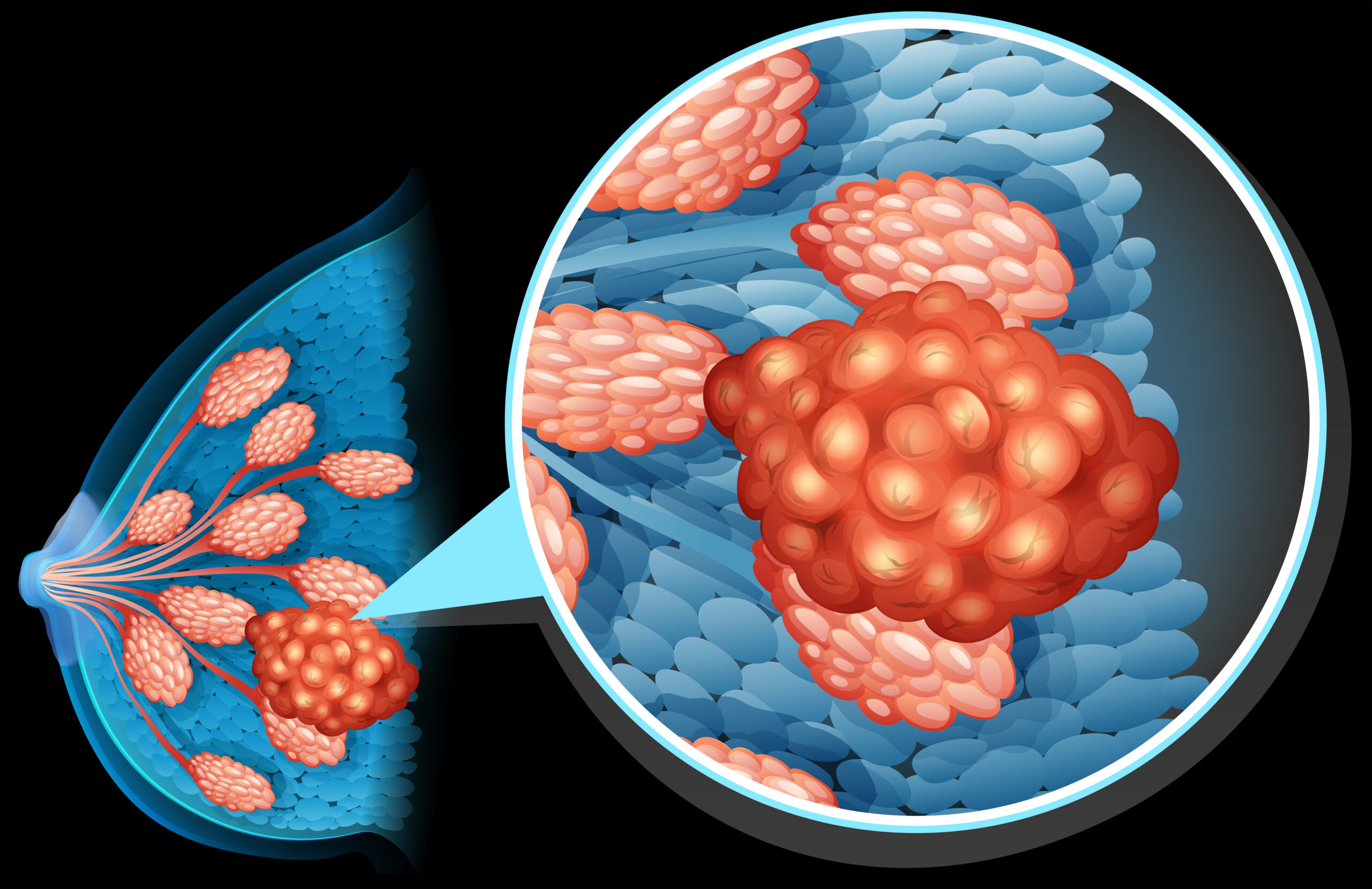Cancer is a group of diseases that differ in type and place of occurrence but have one thing in common- during those conditions, the cells multiply out of control. When a regular cell becomes cancerous, it multiplies uncontrollably and spreads. The disease can spread throughout the body when it reaches the size that enables access to blood or lymph vessels.

The World Health Organization (WHO) says that in the USA, cancer is the second biggest reason people die. Every year, about 9.5 million![]() lives are lost to cancer, making it the cause of 1 out of every 6 deaths. Thankfully, the amount of cases of some types of cancer is going down because more people know about the disease, and more are getting checked early. Also, new ways of treating cancer have helped many patients beat the disease and live longer lives. Among men, the most common types of this condition include lung, prostate, colorectal, and skin cancer. Women are most commonly affected by breast, cervical, colorectal, and lung cancer.
lives are lost to cancer, making it the cause of 1 out of every 6 deaths. Thankfully, the amount of cases of some types of cancer is going down because more people know about the disease, and more are getting checked early. Also, new ways of treating cancer have helped many patients beat the disease and live longer lives. Among men, the most common types of this condition include lung, prostate, colorectal, and skin cancer. Women are most commonly affected by breast, cervical, colorectal, and lung cancer.
The structure and functioning of the body are constant and dynamic processes. Cells that build up in the body constantly die and regenerate—the new ones replace the old ones. Experts estimate that the whole human body is entirely regenerated every few years. Therefore, in a healthy individual, there is a balance between the death of the cells and the formation of new ones.
The causes of cancer are abnormalities occurring in the DNA. DNA can be compared to an extensive set of instructions based on which the cell divides itself, produces specific proteins, and finally dies. Disturbances in the DNA lead to an imbalance between cell death and division, leading to the mutated cells' immortality. Mutated cells can divide without limitations or the possibility of stopping this process. Typically, malignant cells do not perform the functions of the cell they originate from, leading to an imbalance in the body.
DNA mutations![]() can occur for many reasons. Some are inherited, and some happen due to viruses, harmful substances, such as those in cigarettes, or radiation.
can occur for many reasons. Some are inherited, and some happen due to viruses, harmful substances, such as those in cigarettes, or radiation.
Symptoms of cancer depend on its type. For example, if you have colorectal cancer, you may experience changes in bowel movements and, in the case of lung cancer, long-term cough. However, some alarming symptoms can indicate the disease's development. Those include:
Additionally, you can observe:
The condition can occur in any body part and originate from many tissues. The name of the cancer comes from the body part it initially arose from. When the tumor spreads to other places, it doesn’t change its name. For example, when a colorectal type of tumor spreads to the liver, it doesn’t become liver cancer.
Breast cancer is a type of tumor that affects breasts. It most commonly affects women but occasionally can also happen in men. It is the most common type of cancer among women.
The disease typically occurs in the upper outer part of the breast, closest to the armpit, but it can appear in any part of the breast, including the nipple. Symptoms include a lump that can be felt in the breast, abnormal discharge from the nipple, redness of the skin, rash, skin puckering or dumpling, and a change in the size or shape of the breast.
Risk factors for this type of disease include:
Doctors diagnose this condition using imagining tests – mammograms, breast ultrasounds, and MRIs. A Mammogram, an X-ray of the breast, is most often used to analyze the disease and in screening. Experts say that apart from regular screening (mammograms in women between 50-75![]() ), every woman should once a month perform a self-exam of their breast. Self-exam involves looking at the breasts in the mirror and touching the breasts and armpits in the shower while lying down using three middle fingers.
), every woman should once a month perform a self-exam of their breast. Self-exam involves looking at the breasts in the mirror and touching the breasts and armpits in the shower while lying down using three middle fingers.
Treatment of the condition involves primary surgery. Sometimes, radiotherapy or chemotherapy is also necessary.

Most colorectal cancers occur in people after the age of 50![]() . Symptoms depend on the lesion’s location and disease advancement. In the beginning, the only signs might be mild stomach ache and feeling bloated, which could seem like it's not a big deal. But as things get worse, there might be blood in your poop, changes in how often you go to the bathroom, poop that looks black, and feeling tired because you don't have enough red blood cells (anemia).
. Symptoms depend on the lesion’s location and disease advancement. In the beginning, the only signs might be mild stomach ache and feeling bloated, which could seem like it's not a big deal. But as things get worse, there might be blood in your poop, changes in how often you go to the bathroom, poop that looks black, and feeling tired because you don't have enough red blood cells (anemia).
If caught early, this sickness can spread to the liver, lungs, bones, and brain. Figuring out if someone has this illness involves checking them over, looking inside their colon with a special camera (colonoscopy), taking pictures of their stomach with sound waves (ultrasound), and taking a tiny piece of their inside to look at under a microscope (biopsy). How to treat it depends on how far along the disease is and where the bad cells are.
The treatments might be cutting out the wrong part, using medicine to kill the cells (chemotherapy), using special rays to target the cells (radiation), or using treatments that help your body fight the disease (immunotherapy).
Screening methods include stool sample tests for blood detection and colonoscopy. The disease typically progresses slowly, so experts recommend repeating colonoscopy screening once every ten years for individuals after 45 years old.
Lung cancer is the type of disease that causes the most deaths. Initially, the condition may resemble a common cold with symptoms such as cough, hoarseness, and fatigue. At more advanced stages, shortness of breath, wheezing, coughing up blood, unexplained weight loss, chest pain, and swelling of the upper body (caused by the pressure of the tumor to the veins) can additionally appear.
This type of tumor spreads to the lymph nodes, bones, liver, and brain, where it causes metastases. Lung cancer is much more common among people who smoke and are exposed to inhalant toxins.
Imagining tests![]() , such as chest X-ray, CT, and MRI, are the primary way to diagnose the disease. The specific type of illness is determined by examining the tumor sample obtained from the biopsy. Treatment options include surgery (if the tumor can be cut out and has not spread to other body parts), radiotherapy, chemotherapy, and immunotherapy.
, such as chest X-ray, CT, and MRI, are the primary way to diagnose the disease. The specific type of illness is determined by examining the tumor sample obtained from the biopsy. Treatment options include surgery (if the tumor can be cut out and has not spread to other body parts), radiotherapy, chemotherapy, and immunotherapy.
Cervical cancer refers to a tumor that starts in the lower part of the uterus. It is most often caused by HPV![]() (human papillomavirus) infection that can be acquired during sexual contact. The HPV vaccine and regular screening tests lower the chances of advanced cervical tumors.
(human papillomavirus) infection that can be acquired during sexual contact. The HPV vaccine and regular screening tests lower the chances of advanced cervical tumors.
If the disease develops, it is treated surgically to remove mutated cells.
The prostate is part of the male’s reproductive system and surrounds a tube that carries urine out of the body.
The most common symptoms of prostate cancer are difficulty peeing and frequent urination. A healthcare professional should examine any man with such symptoms. It happens that the tumor does not cause such symptoms, and the condition is suspected due to symptoms related to the metastases of the disease to the bones.
Skin tumors often start on skin areas that get a lot of sun. Skin cancer can come in different forms, with melanoma![]() being the toughest to deal with. Signs to watch for are moles that change in size, look, or color or new moles that show up.
being the toughest to deal with. Signs to watch for are moles that change in size, look, or color or new moles that show up.
Catching it early means it can often be treated well. So, it's essential to monitor your moles and talk to a doctor if you notice any changes.
Doctors use special microscopic tools called dermatoscopy to assess skin lesions. When skin growth is suspected of abnormal, a sample can be taken for laboratory tests.
Some people are at a higher risk of developing cancer than others. The risk factors![]() include:
include:
Doctors start diagnosis by taking your medical and family history. Next, they assess symptoms you may describe and perform a thorough physical exam. Then, additional tests are ordered, including:
Additionally, specific tests can be done if certain tumors are suspected. For example, dermatoscopy is performed to diagnose skin cancer, which is an examination of the moles using microscopic tools. During this procedure, the doctor assesses the moles' color, symmetry, and size.

During the diagnosis process, several blood tests can give healthcare professionals a hint of the presence and type of the disease. Blood tests that are used include:
Imaging tests are an integral part of diagnosis, enabling the detection, precise location, assessment, and monitoring of tumors in the body.
Early detection significantly increases the chances of recovery, and many lesions are invisible in blood tests, so it is often crucial to use advanced technologies. Precise imaging tests include:
Imaging tests allow doctors to detect cancer in various parts of the body. Such technologies also assess the spread of the disease and the body's response to treatment methods. Using precise imaging tests, healthcare providers can accurately plan therapies, providing more effective treatment. After recovery, imaging tests are helpful in monitoring if the condition doesn’t come back.
A biopsy is when doctors take a small piece of tissue from a tumor with a needle. Then, they look at this piece under a microscope. This helps them figure out the specific kind of disease. They do this while you're under anesthesia, which means you won't feel anything during the procedure.
When it comes to treating cancer, doctors have a few ways they can help based on how far along the condition is, what type it is, and how strong the patient's body is. Here are some ways they might treat it:
Cancer treatment carries the risk of complications, including nausea, anemia, and fatigue. There are, however, methods for managing those complications. If you undertake therapy and experience troublesome complications, discuss your options with your doctor.
Some cancers can’t be prevented. However, you can take some steps to eliminate factors that increase your risk of getting the disease. Those steps include: